Contents
If I were to have you explain what kind of show comes to mind when you think of a branded podcast, I’m willing to bet “expert interviews” or “a sit-down conversation with the C-suite” would find their way in there.
And you're not wrong – nearly 70% of branded podcasts follow an interview format.

There’s a reason for that — interviews are easy to scale, relatively simple to produce, and give brands a chance to tap into expert voices and their audiences. But because nearly every brand in audio is “sitting down for an expert interview”, it’s becoming tougher for them to stand out.
That’s why many brands are starting to rethink the classic interview format. Some are adding narrative layers or mixing in other styles. Others are stepping away from interviews altogether and moving toward solo shows, repurposed content, or even fiction storytelling.
Whether you’re planning your first branded podcast or looking to refine your existing series, we’ve put together this guide that will go over:
- The state of the branded podcast interview
- Five creative branded podcast formats you might not have considered
- The pros and cons of each format to help you find the right fit
- Real-world examples of the best branded podcasts breaking the mold
The lowdown on the 1:1 interview format
As mentioned, the 1:1 interview format has long been a staple in podcasting for good reason. It’s simple, scalable, and allows brands to tap into the expertise (and audiences) of their guests. But its popularity is also its biggest challenge: standing out is harder than ever.
With a sea of interview-style shows already in listeners’ feeds, many brands are starting to ask: What makes ours different?
Without a strong angle or unique hook, even the most insightful guest interviews can start to feel like more of the same.
That’s why we’re seeing a shift toward blending the interview format with other styles (or moving away from it entirely).
Differentiating the interview format
If you’re not ready to abandon the interview format entirely, many podcasts have simply opted to make the interview format “their own” through a unique structure, editorial focus, or brand storytelling layers.
For example:
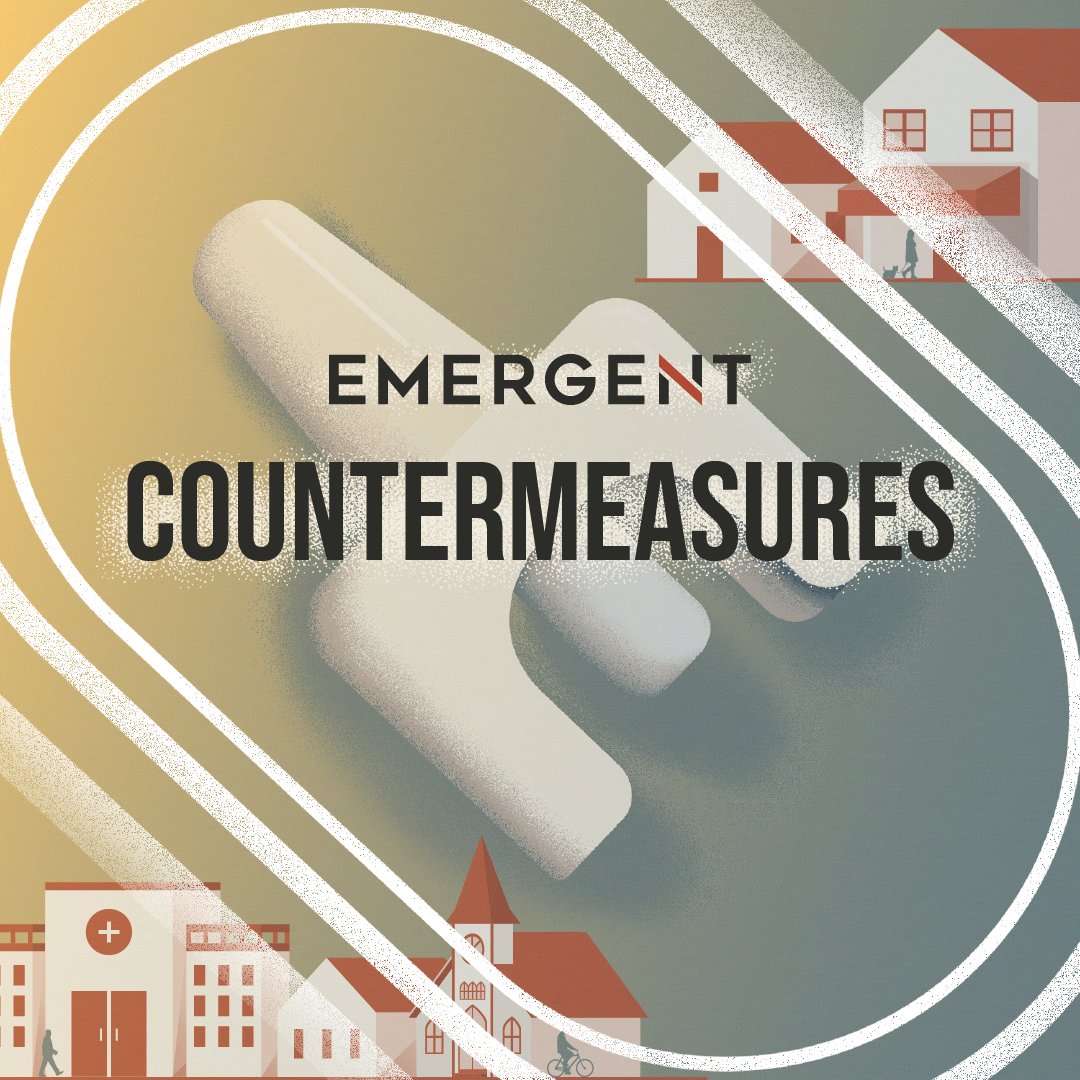
Countermeasures by Emergent BioSolutions
Countermeasures explores the opioid crisis through interviews and personal stories that highlight community voices and front-line perspectives — from advocates to experts to those directly affected. Through interviews, the puts a human face on a crisis, making the stories it recounts feel more immediate and worth caring about.
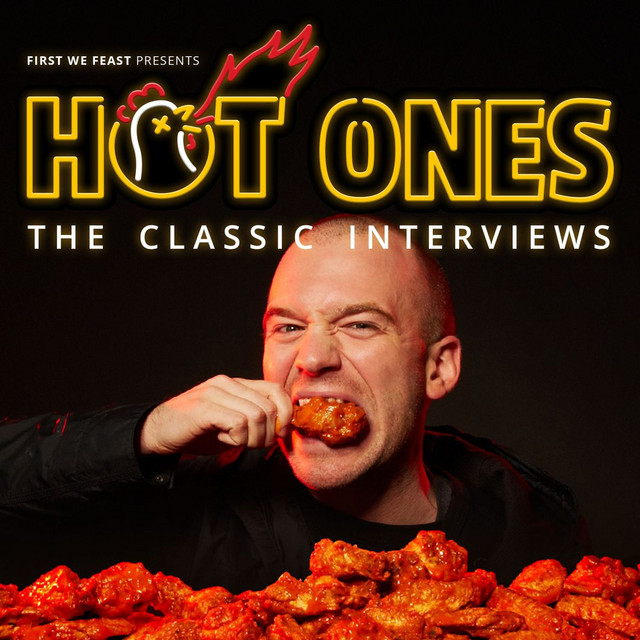
Hot Ones
This video-first show flips the interview on its head by having celebrity guests answer questions while eating progressively spicier wings. The physical discomfort leads to surprisingly candid, unfiltered conversations — so successful they repurposed it into a podcast format.
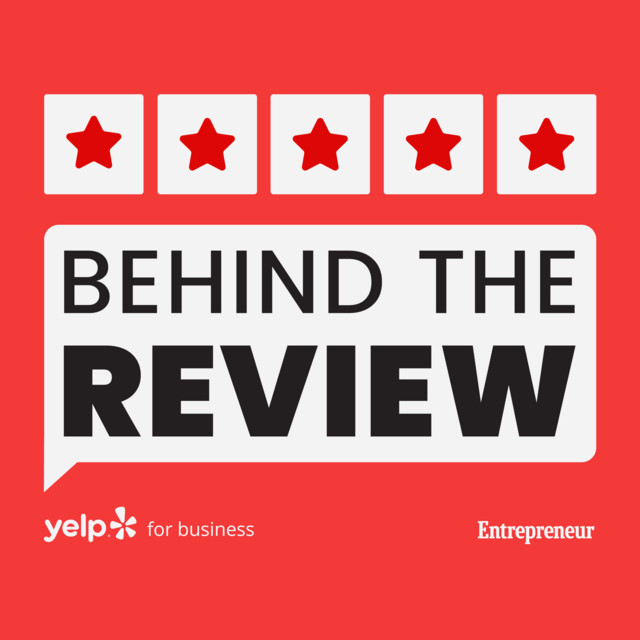
Behind the Review by Yelp
Each episode features a business owner and the customer who left them a standout Yelp review, blending an interview with light narrative storytelling. The dual perspective gives the conversation emotional stakes and meaningful context.
But for brands ready to go beyond the interview, there are loads of creative formats at your disposal. Here are a few of our favorites, which can easily stand alone or merge with interview podcasts:
“If an interview-style show is the direction you're headed, it may sound simple, but talent is a critical driver of success, especially when it comes to your host. Do they draw the best out of your guests? Make them feel at ease? Elevate the conversation beyond a basic chat about your business or theirs?
When I think of the most compelling interview shows, it's the host I’m tuning in for. People connect with people. So before assigning the mic to someone in your leadership team, it’s worth asking: does their charisma in a leadership role actually translate to being a strong interviewer? Because that's not always the case.”
–Dania Wood, Producer, Quill and CoHost
Creative branded podcast formats
1. Solo/monologue
Imagine a brand handing you a mic and letting you run the show solo. That’s the essence of a solo (or monologue) branded podcast. There’s no back-and-forth banter, no interviews—just one expert voice, offering commentary or insight on the topic at hand.
From a brand perspective, this format offers almost unparalleled message control: your brand voice can shine through clearly and consistently. It’s perfect for thought leadership, expert commentary, and quick insights. Solo casts tend to be shorter, more focused, and easier (and cheaper) to produce — no guest sourcing or scheduling.
Pros of a solocast:
- Total message control: You have creative and editorial control over every aspect of the podcast.
- Lean production: One host, minimal editing, flexible recording schedule.
- Authority-building: Hosting alone positions you—or your brand—as the go‑to expert on key topics.
Cons of a solocast:
- Requires strong hosting: Without a strong host-listener relationship, solos can feel flat or stale fast.
- Risk of sounding preachy: If choosing an internal host, episodes can feel one‑sided or salesy.
- Harder to sustain: Solo formats hinge on host energy and their ability to connect with the audience, running the risk of burnout.
Examples of solo/monologue podcasts
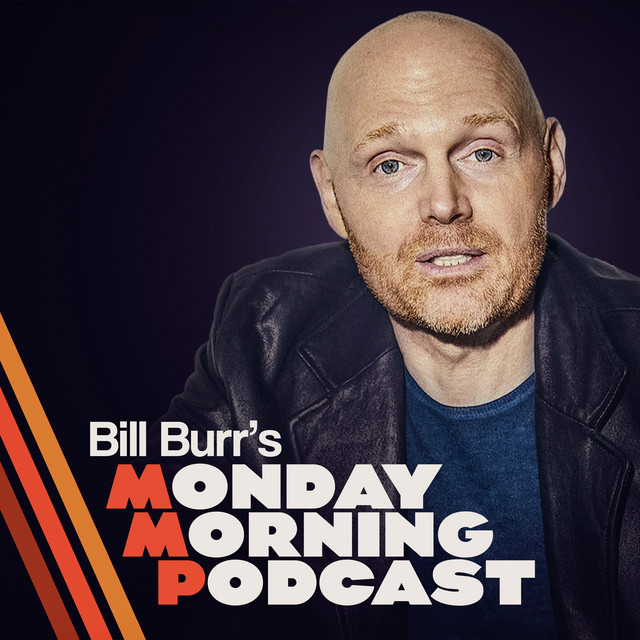
Bill Burr’s Monday Morning Podcast
Bill Burr’s Monday Morning Podcast is hosted by comedian Bill Burr, where he riffs on everything from pop culture and personal stories to current events.
What it gets right:
- Burr’s unfiltered take feels like overhearing his internal monologue, making each episode feel unscripted and authentic.
- By sticking to a consistent solo format with no guests, Burr builds intimacy and familiarity with his audience week after week.
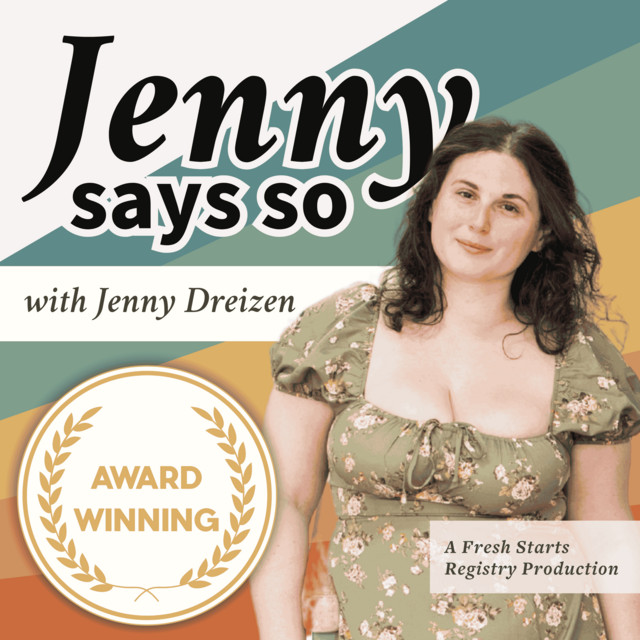
Jenny Says So by Fresh Starts Registry
Jenny Says So is a solocast hosted by etiquette expert and registry platform founder Jenny, who brings a modern, unfiltered lens to age-old questions around manners, boundaries, and social norms. Each episode tackles a listener-submitted question with warmth, wit, and practical advice.
What it gets right:
- Reinvents the solocast by anchoring each episode around a single question—making it focused, relatable, and easy to consume.
- Balances authority and vulnerability, drawing on personal experience and professional expertise to build trust with the listener.
2. Narrative
Not every branded podcast needs a guest in the hot seat. Narrative podcasts take a different route — they lead with story.
Think: part documentary, part audio essay. These shows stitch together multiple voices, sound design, and narration to build a bigger picture. They don’t rely on a single voice or viewpoint — instead, they layer interviews, archival audio, and context to tell a compelling story that happens to be backed by a brand. Done right, narrative branded podcasts don’t sound like marketing at all.
Pros of a narrative branded podcast:
- Emotional stickiness: Stories get remembered. Stats don’t. In fact, 63% of people could recall a story presented in a presentation, while only 5% could recall a statistic.
- Audiences love them: New research from Signal Hill Insights shows that narrative shows outperform the interview format in terms of likelihood to “listen again” (+14%), likelihood to recommend (+11%), and brand favorability (+10%).
- Creative range: Narrative podcasts give you the freedom to shift tone and perspective depending on the story you’re telling, all while staying aligned to a consistent brand voice.
Cons of a narrative branded podcast:
- Required a skilled production team: You’ll need a podcast agency to support writers, editors, and producers who know how to find the narrative thread, build story arcs, and deliver it in a way that’s impactful and makes sense.
- Takes time (and budget): Narrative branded podcasts are layered—voiceover, scoring, sound design, multiple interviews, and a story arc that actually makes sense. That kind of production takes time, intention, and budget.
- You need a good story: As you may have guessed, no amount of glossy production or branded sound bites can make up for a flat narrative. If the episode lacks tension, payoff, or a clear reason to care, listeners will tune out.
Examples of narrative branded podcasts
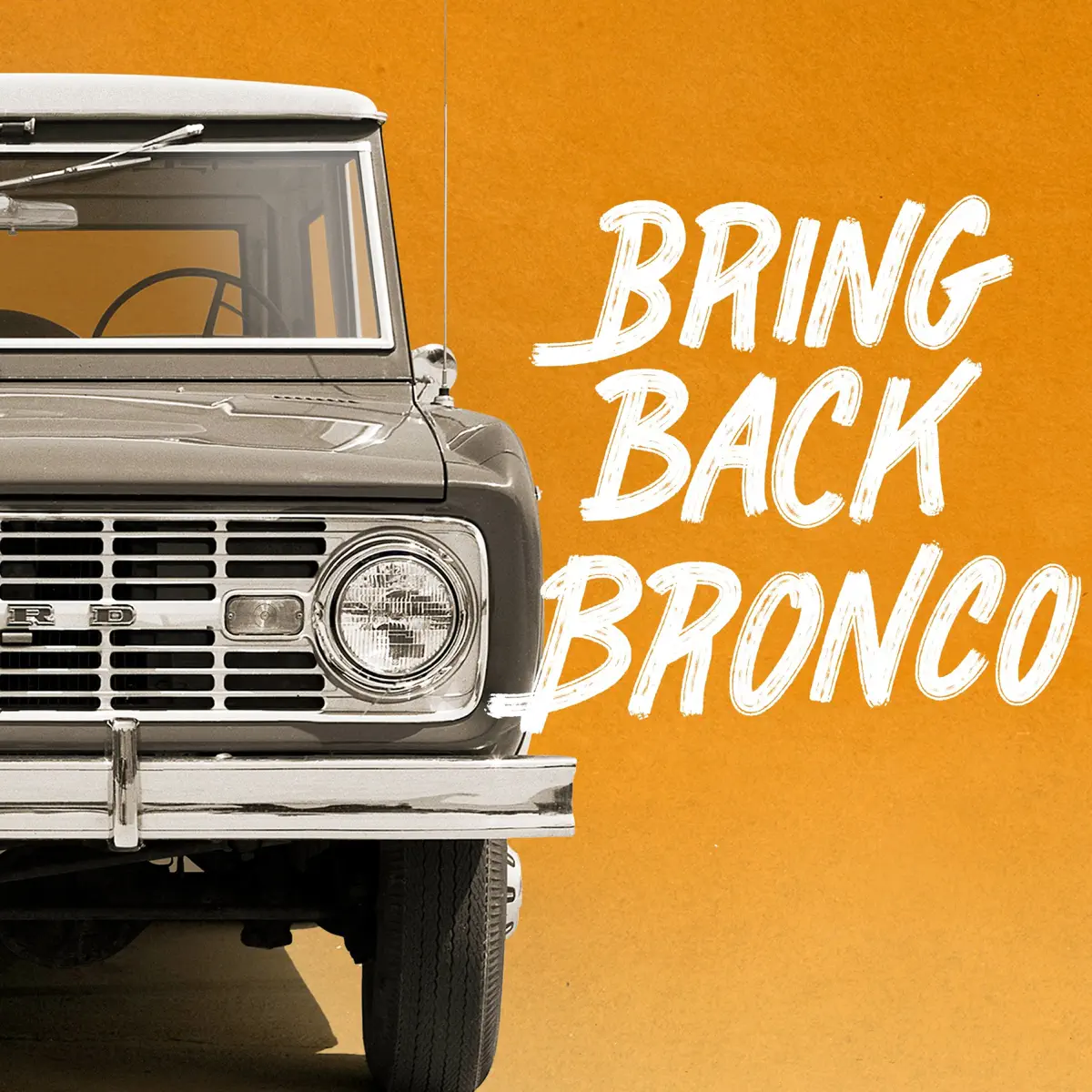
Bring Back Bronco
Bring Back Bronco traces the rise, fall, and unlikely return of the Ford Bronco—uncovering a decades-long story that weaves together American pop culture, passionate fan communities, and corporate redemption.
What it gets right:
- Uses narrative storytelling to transform the Bronco into a cultural symbol, tying the Bronco’s journey to broader themes of identity, nostalgia, and reinvention.
- Takes a journalistic approach, positioning the brand as a curious observer rather than a self-promoter—making the story more compelling and credible.

The Sauce by McDonald’s
The Sauce is a documentary-style podcast that unpacks the bizarre, cult-like frenzy around McDonald’s limited-edition Szechuan Sauce—mixing fan theories, brand lore, and cultural flashpoints into a smart, self-aware narrative.
What it gets right:
- Taps into real fan obsession without over-marketing it—just telling the story as it unfolded.
- Transforms what could’ve been a footnote in brand history into a pop culture case study, showing how brands can own the conversation by stepping back and letting the story lead.
3. Fiction
If narrative podcasts build stories around your brand, fiction podcasts build entirely new worlds.
Think of them as audio-first screenplays, complete with dialogue, soundscapes, and tightly crafted plot arcs. For brands, this format offers something rare: a chance to drop the talking points and immerse listeners in a world of your own.
Fiction podcasts give you the freedom to get weird, creative, imaginative — while still aligning with your brand’s identity and audience. They’re not considered the easiest to pull off, but when they land, they stick.
Pros of a fiction podcast:
- Captive audiences: Fiction podcasts are inherently episodic—listeners have to start at the beginning and follow the story through. This structure lends itself more to loyal, captive audiences that spend more time with your brand across multiple episodes.
- Creative freedom: You’re not locked into reality. Want to set your podcast in a post-apocalyptic call center? A haunted wellness retreat? Go for it. As long as the story is strong, the world is yours to build.
- Low format saturation: Fiction is still one of the least crowded corners of podcasting, especially in the branded space, with only 1.2% of shows. That makes it easier to stand out and get noticed.
Cons of a fiction podcast:
- Production-heavy: Unlike interviews or casual banter, fiction podcasts require full pre-production: scriptwriting, casting, rehearsals, sound design, scoring, and tight editing.
- Audience building is slower: Because fiction podcasts are inherently serialized, the format isn’t built for one-off listens. You’ll need to earn attention with a great trailer, compelling characters, and consistent storytelling—then keep it through every episode.
- Little room for error: If the story doesn't resonate or the characters fall flat, the entire show can lose its grip on the listener. With fiction, emotional investment is everything—and once you lose it, it’s hard to get back.
Examples of fiction branded podcasts

Life After / The Message by GE
GE takes a bold route with this sci-fi audio drama, crafting a fictional narrative about decoding alien transmissions. It sounds like a thriller—but subtly reinforces GE’s role as a company at the forefront of communication, data, and technology.
What it gets right:
- It doesn’t talk about innovation—it shows it. The brand’s themes are baked into the story, not tacked on.
- It captures listener attention first and builds brand association second—proof that fiction can be a smart delivery system for strategic messaging.

Murder in HR by WellHub and BambooHR
When a tech startup’s hiring process turns into a murder investigation, things get… complicated. Murder in HR is a workplace comedy-meets-murder mystery. While fictional, it cleverly plays with startup tropes, HR chaos, and company culture in a way that feels both fun and weirdly familiar.
What it gets right:
- Uses fiction to highlight the everyday absurdities of HR and startup life.
- Reinforces brand relevance by centering the chaos around company culture, hiring, and people ops—exactly the world Wellhub and BambooHR serve.
4. Co-hosted
Co-hosted podcasts feature two hosts engaging in an ongoing conversation, but unlike interview shows, both hosts share equal footing rather than a guest-and-interviewer dynamic. It’s less about structured Q&A and more about two people building a dialogue — whether through debate, storytelling, or exchanging insights.
This format thrives on chemistry. No matter the role you or your cohost takes, you’ll want the exchange to feel dynamic and natural. While ultimately up to your brand, many of these shows are designed to feel less like a brand-produced show and more like a chat between people you’d want to hang out with.
Pros of co-hosted podcasts:
- Shared workload: Splitting hosting duties means you’re only responsible for half the airtime, which can make producing episodes more manageable and less overwhelming.
- Built-in rapport: Great co-host chemistry creates a dynamic that listeners love. The (largely) unscripted back-and-forth keeps conversations fresh and engaging.
- Multiple perspectives: Two hosts naturally bring different viewpoints, experiences, and personalities to the mic. This variety can spark more interesting discussions and appeal to a wider audience with diverse interests.
Cons of co-hosted podcasts:
- Alignment required: You both need to be on the same page about the show’s direction and episode goals—otherwise, the conversation can drift or clash.
- Topic limits: Since the show depends on natural conversation, both hosts need at least some familiarity with the subject matter, or it can feel awkward or descend into a format that feels more akin to an interview and less like a natural conversation.
- Less scripting control: With a conversational format, you sacrifice some polish and planning for spontaneity—good banter beats perfect scripts every time. That said, this can also mean the show is less predictable, which can be a double-edged sword depending on your audience and brand regulations.
Examples of cohosted podcasts:

Hackable? By McAfee
Hackable? explores just how vulnerable our digital lives really are, with cybersecurity expert Bruce Snell joined by producer Geoff Siskind as his curious counterpart. Each episode plays out like a mini investigation, making it feel more like a story than a lesson—thanks in large part to the duo’s chemistry and structured roles.
What it gets right:
- The expert-and-everyman dynamic keeps technical content entertaining and easy to follow, with Geoff asking the questions listeners are probably thinking.
- Geoff’s "slightly exaggerated rube" character brings humor and relatability, giving Bruce a foil to explain complex ideas clearly.
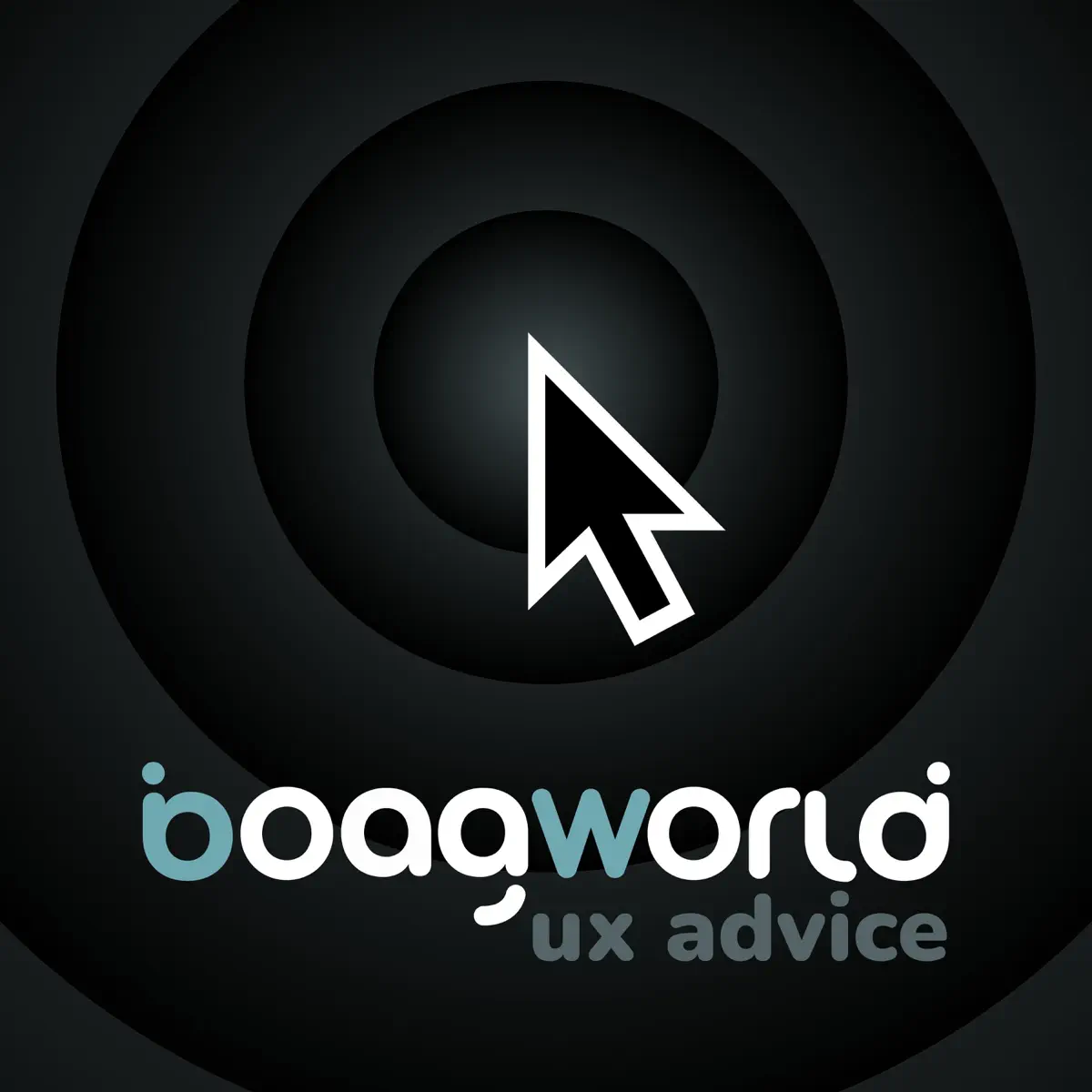
Boagworld by Headscape
Boagworld is a long-running web design podcast hosted by agency co-founders Paul Boag and Marcus Lillington. It covers UX, digital strategy, and conversion—all delivered with a heavy dose of personality and humor.
What it gets right:
- The co-hosts' chemistry and banter make technical topics feel fun and approachable, helping the content resonate beyond just the design crowd.
- Their informal Q&A format creates space for spontaneity, audience questions, and a conversational rhythm that keeps listeners engaged.
5. Repurposed podcasts
Repurposed or live podcasts take content you’ve already created — whether from events, speeches, or performances — and turn it into something fresh. Instead of starting from scratch, you pull the audio from an existing moment, polish it up, and give it a new life as a podcast episode or series.
Because the source material is often from live or in-person settings, these podcasts capture an energy and authenticity that scripted shows sometimes can’t match. Plus, the format is flexible — episodes can be 10 minutes or an hour, depending on what the event delivers.
Pros of repurposed podcasts:
- Content efficiency: You’re getting more mileage out of something you’ve already invested in. The heavy lifting is done; you just need to clean it up and package it for podcast listeners.
- Built-in audience: If your event drew a crowd, chances are some of those people will tune in again as listeners, plus you can reach new audiences who couldn’t be there live.
- Authenticity is at the forefront: Since these podcasts capture real moments, you preserve the raw energy and spontaneity of live events—something scripted podcasts often try (and sometimes fail) to replicate.
Cons of repurposed / live podcasts:
- Limited polish: Because these are recordings of live events, you don’t have much room to fix errors or tighten pacing without taking away from the casual feel of the original event. Preparation has to be solid from the start.
- You can’t recycle the original experience: Things like audience reactions, visual cues, or references to in-person actions can come off confusing when listeners aren’t in the room. Make sure to address this in editing to avoid alienating listeners.
Examples of repurposed podcasts
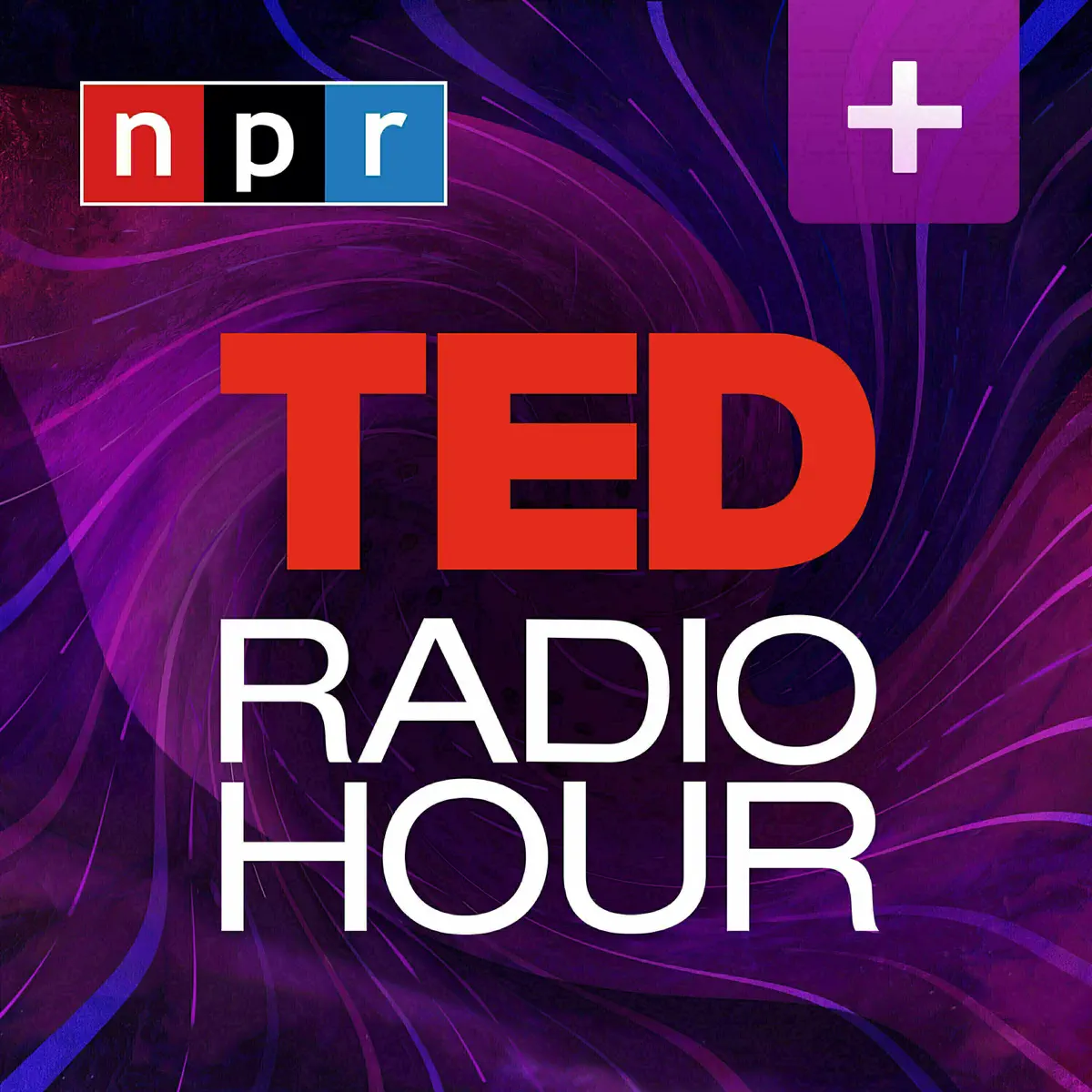
Ted Radio Hour by NPR
Guy Raz takes the spotlight to unpack big ideas from TED Talks and turn them into immersive audio journeys. TED Radio Hour repurposes the inspiring talks into narrative episodes that weave emotion, insight, and storytelling—making complex concepts feel personal and relatable.
What it gets right:
- Transforms well-known TED Talks into fresh audio experiences that reach listeners beyond the original audience.
- Keeps the core ideas intact while adding context, interviews, and sound design to create a cohesive, engaging narrative.
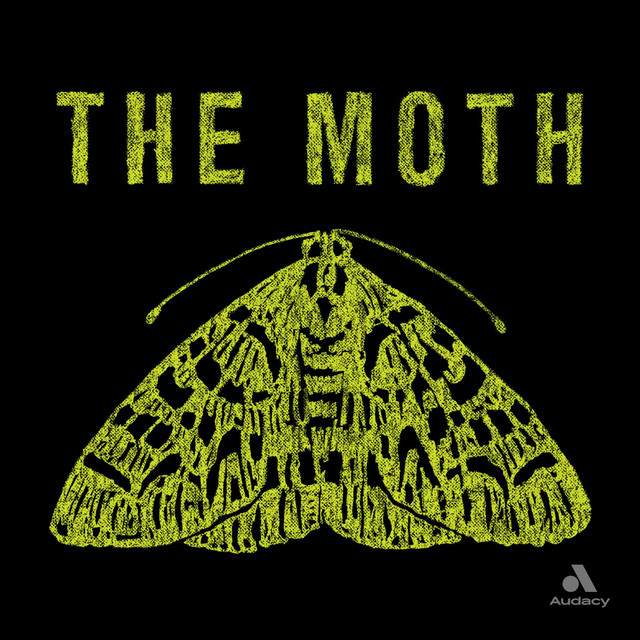
The Moth
Since 1997, The Moth has captured thousands of live, unscripted stories told in front of an audience. These true tales come straight from the stage, raw and unfiltered—just a person, a mic, and the energy of the room.
What it gets right:
- Preserves the vulnerability and connection between the storyteller and listeners that are typically only present in life storytelling.
- Brings diverse voices and perspectives to the forefront, highlighting real stories that resonate beyond the stage.
How to pick the right podcast format for your brand
Choosing a podcast format isn’t just about what you like to listen to — it’s about what will work best for your goals, your audience, and the resources you have to bring it to life. Remember: the best branded podcasts don’t just share information; they deliver real value and earn their audience’s attention.
With that in mind, here are a couple of tips to help you figure out the right approach for your brand.
Start with your ideal listener
Before picking your format (or even your host), ask yourself:
- Who are my ideal listeners? (get specific when creating your listener persona – you want to know everything from their age and income to interests and pain points)
- What are my target listeners actually tuning in for?
- What’s the hook, the value, the payoff for their time?
- How do I want my audience to feel after listening to my show?
In podcasting, especially for branded shows, your audience is not obligated to care about your product or your CEO. They’re here to be engaged. That means stories, humor, insight, or entertainment — not a thinly veiled marketing message.
Too often, brands approach podcasting from the inside out—starting with internal priorities, thought leadership agendas, or leadership visibility goals. But branded podcasts that succeed flip that equation. They focus first on what the listener gets out of the experience. And formats that lean into storytelling (especially narrative-driven shows) are often more effective at delivering that value.
So before anything else, clarify what your audience wants to feel, hear, and learn—and then choose a format that brings them to the center of the story.
Don’t just copy the top 10 podcasts
It’s easy to fall into the trap of thinking, “Our brand can be the next SmartLess.” But there’s a big difference between what works for celebrities and what works for brands trying to earn their target audience’s attention.
The hosts of hit chat shows aren’t just good at talking — they’re famous, charismatic, media-trained, and often supported by large editorial teams. That “raw, unfiltered” vibe is actually carefully calibrated.
When brands try to replicate this without the same level of investment or audience pull, the result often feels flat or forgettable. And even high-profile figures don’t always succeed: Barack and Michelle Obama’s short-lived podcast and Meghan Markle’s “chart flop” series are a reminder that not even global fame can guarantee longevity if the content doesn’t connect.
Instead of copying what’s trending, look inward:
- What’s unique about your brand’s perspective?
- What voices, stories, or insights do you have that others don’t?
- What is missing in the space, and how can I fill the gap?
A well-crafted format based on your actual strengths will not only be more authentic, but it will also be more sustainable in the long run.
Make a corporate podcast that stands out
There’s no universal “best” format — only the best fit for your brand.
That might mean a deep-dive narrative show if you have strong stories to tell. Or a conversational format, if your hosts have great chemistry and a clear value proposition. If you’re sitting on a trove of existing video or live event content, a curated repurposed format could be a smart and efficient way to reach new audiences.
What matters most is that the format complements your subject matter, your internal capabilities, and your strategic goals. For instance, a mission-driven nonprofit might thrive with a documentary approach that brings real human stories to the forefront. On the other hand, a consumer-facing brand looking to build a loyal community might invest in a weekly co-hosted show that offers consistency and personality over time.
Resist the urge to default to whatever sounds easiest or most familiar. Instead, be honest about what your team can pull off well and what format will do justice to the story you’re trying to tell.
If you’re looking to take more creative risks with your branded podcast and create content your audience wants to hear, you’ll want to join the community of brands that trust The Branded Podcaster for all things audio.


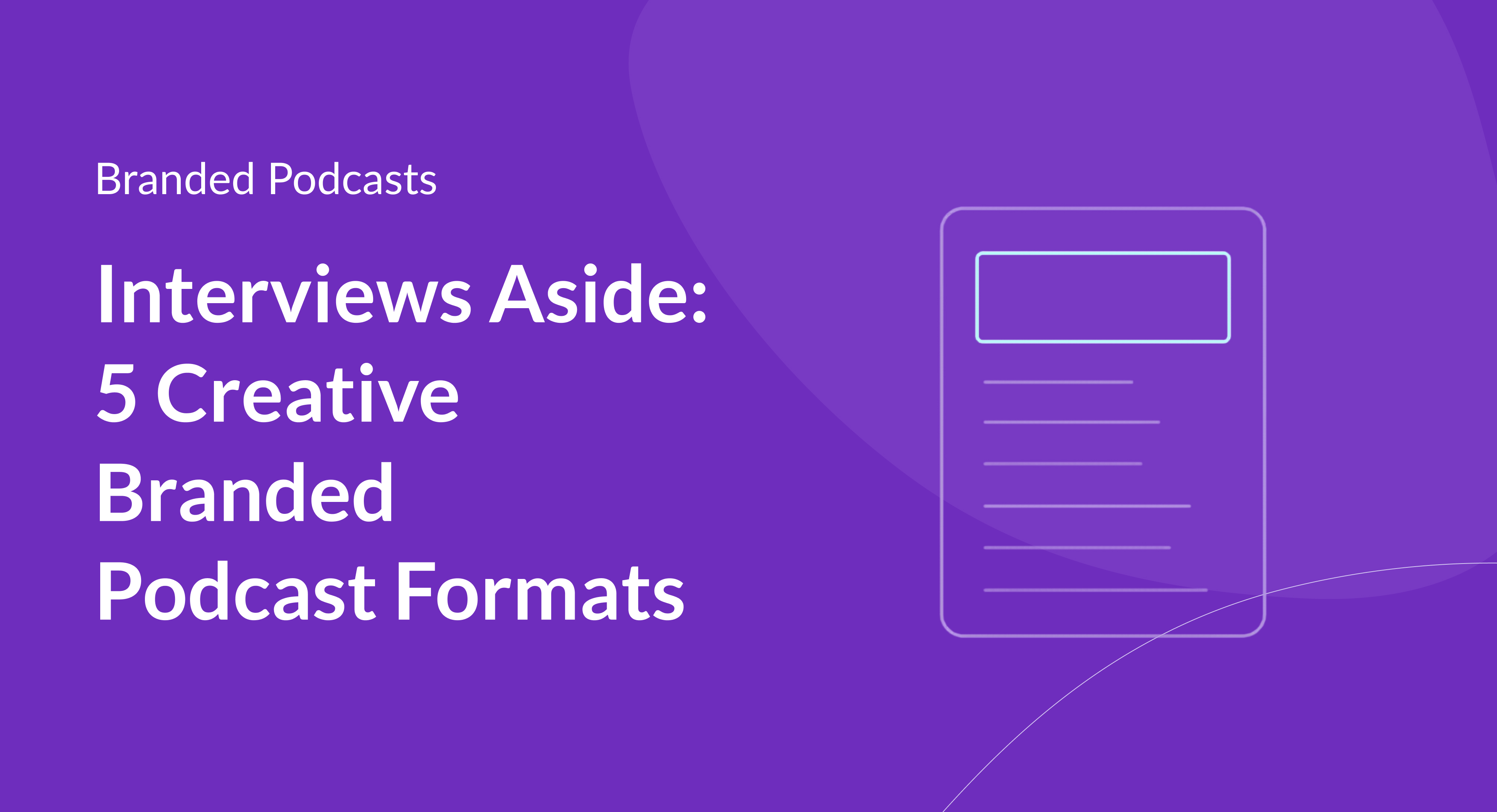
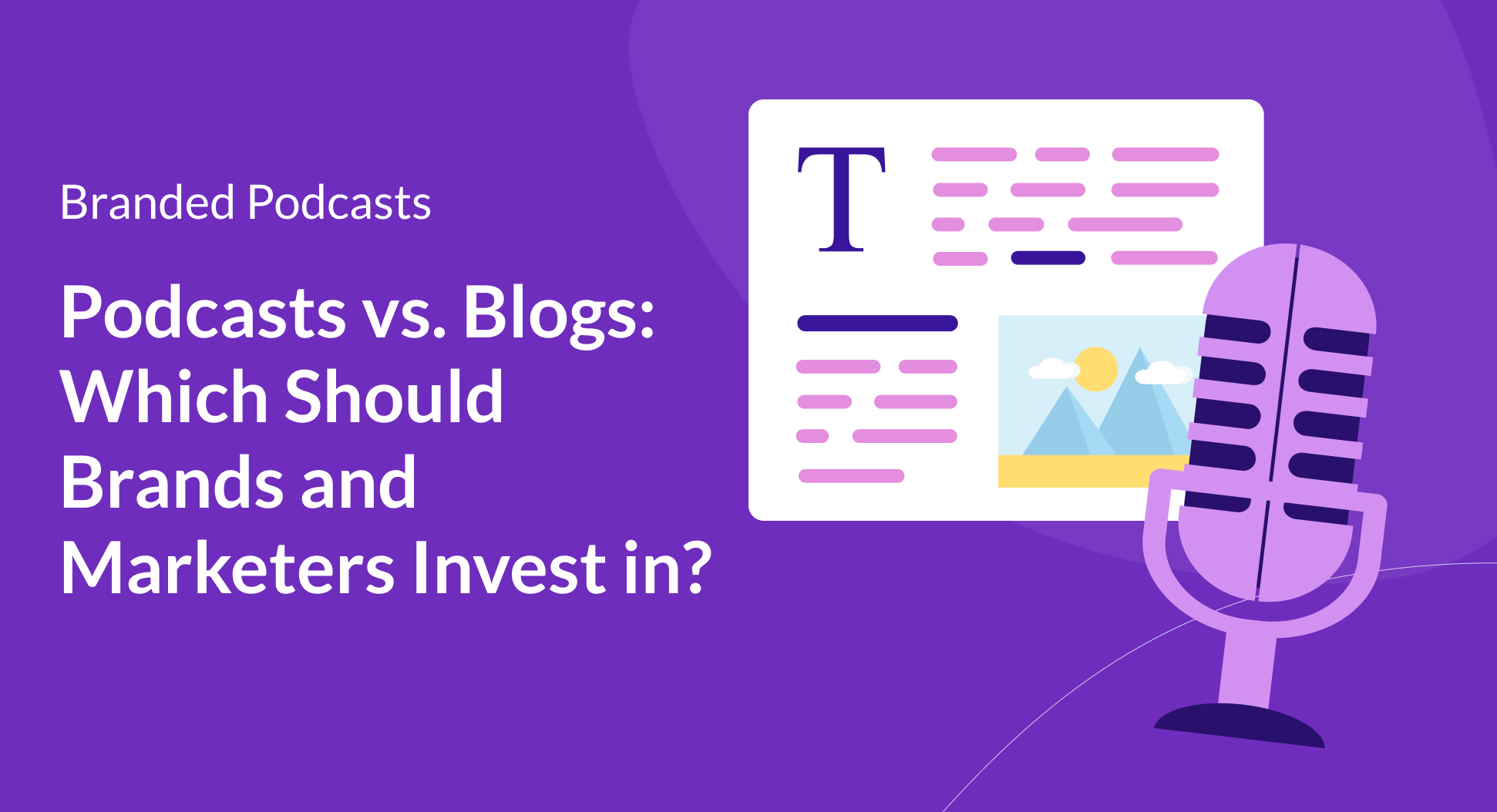
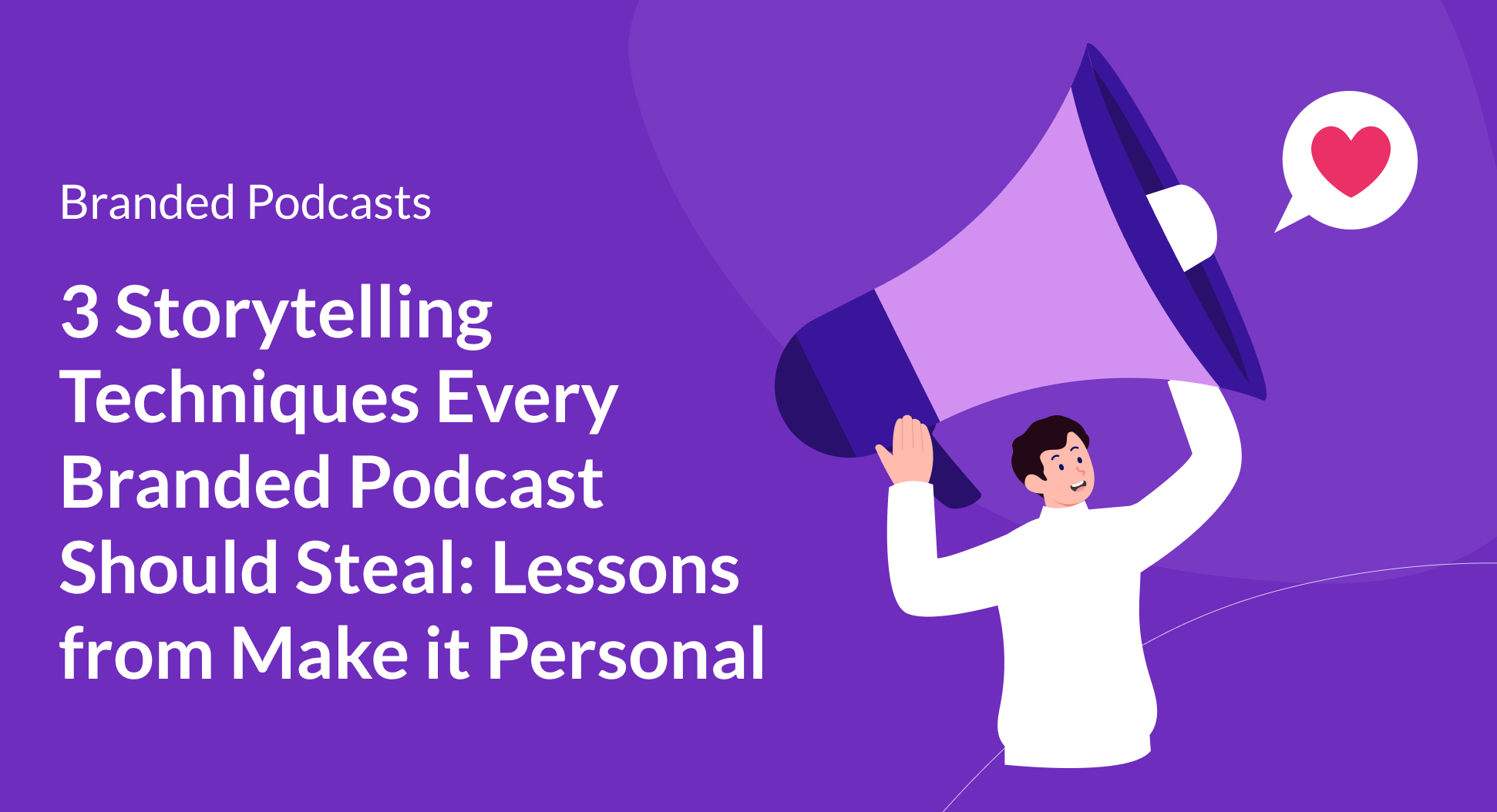

.png)

.png)




.png)
.png)
.png)
.png)